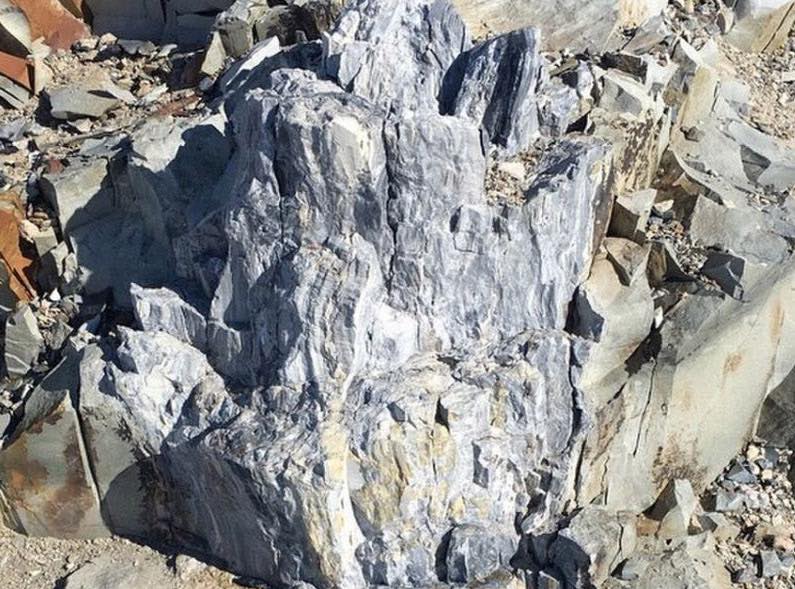
A TEAM OF scientists have discovered 280-million-year-old fossilised tree fragments on the icy continent of Antarctica, revealing the its green history.
The fossils discovered by geologists Eric Gulbranson and John Isbell from the University of Wisconsin-Milwaukee during their surveying of the McIntyre Promontory of the Transantarctic Mountains are from a time known as the Permian Period, which occurred almost 299 million years ago.
The Permian Period came to an end 251-million-years-ago after what’s regarded as history’s greatest mass extinction, said to have been heralded by Earth’s transition from ice age to warmer, greenhouse conditions, when, along with a number of species, Antarctica’s polar forests began disappearing.
Eric said that during the Permian Period Antarctica was part of Gondwana, the supercontinent that once joined South America, Africa, India, Australia and the Arabian Peninsula.
“This plant group must have been capable of surviving and thriving in a variety of environments,” Eric said. “It’s extremely rare, even today, for a group to appear across nearly an entire hemisphere of the globe.”
The fossilised trees have been well-preserved by volcanic ash making it possible to understand their cellular makeup.
“They’re actually some of the best-preserved fossil plants in the world,”Eric says. “The fungi in the wood itself were probably mineralized and turned into stone within a matter of weeks, in some cases probably while the tree was still alive. These things happened incredibly rapidly. You could have witnessed it firsthand if you were there.”
By closely studying the chemistry and biology of these fossils, the scientists have revealed some remarkable traits including their ability to prepare for a change in season in under a month.
“There isn’t anything like that today,” Eric said. “These trees could turn their growing cycles on and off like a light switch. We know the winter shutoff happened right away, but we don’t know how active they were during the summertime and if they could force themselves into dormancy while it was still light out.”
Eric will be returning to Antarctica later this month to further understand how these polar forests responded to the increase of carbon dioxide.
“The geologic record shows us the beginning, middle and end of climate change events,” Eric said. “With further study, we can better understand how greenhouse gases and climate change affect life on Earth.”













